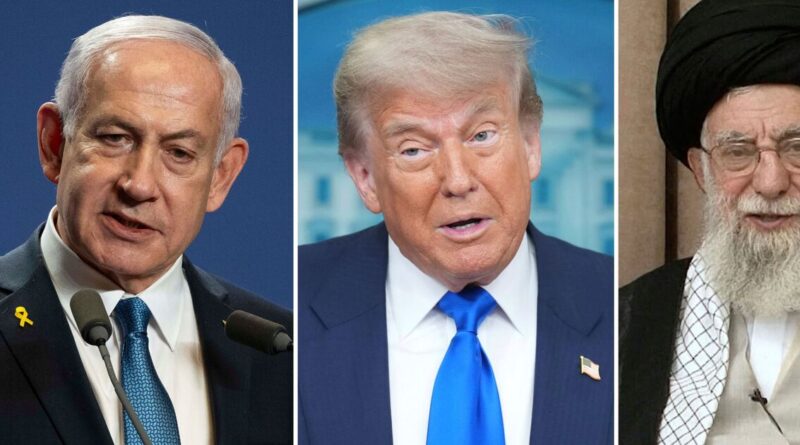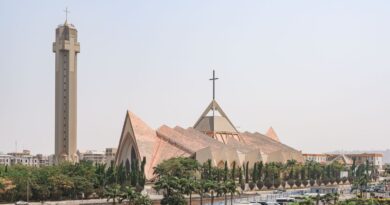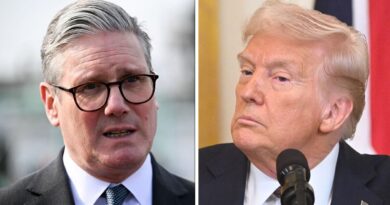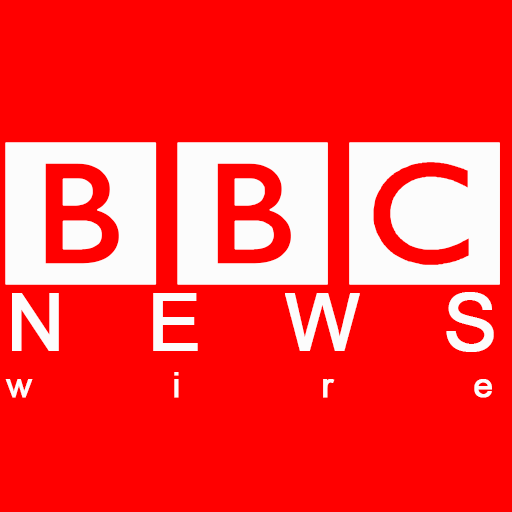Iran’s enriched uranium supply survived US air strikes and can still be used, warns Israel | World | News
A senior Israeli official has warned that some of Iran’s near-weapons-grade uranium may have survived the wave of US airstrikes last month and remains within reach of its nuclear scientists. The claims come amid growing doubts over the full impact of the June 21 bombing campaign, which saw B-2 stealth bombers hit three major Iranian nuclear sites: Isfahan, Natanz, and Fordo. While President Donald Trump has claimed the operation was a total success, officials on both sides of the Atlantic are now acknowledging that significant quantities of enriched uranium may have withstood the bombardment.
The Israeli official, who spoke on condition of anonymity to share internal assessments, said uranium enriched to 60% purity had survived the bombing at Isfahan because it was stored too deep underground to be hit. The official said: “We believe that Iran’s enriched uranium was distributed across the three main sites and had not been moved prior to the strikes. Some of it is still retrievable.”
While the Israeli government assesses that Iran’s nuclear programme has been set back by at least two years, the official added that the enriched uranium buried deep at Isfahan and possibly at Fordo remains a long-term threat.
The United States dropped 14 GBU-57 Massive Ordnance Penetrator “bunker buster” bombs on Iran’s underground nuclear sites during an unprecedented 18-hour operation dubbed Operation Midnight Hammer. Satellite images released afterwards appeared to confirm major structural damage, particularly at Fordo, a facility half a mile under a mountain.
But two officials from the U.S. Defense Threat Reduction Agency (DTRA), the group that developed the GBU-57, admitted they were still awaiting impact data to determine whether the bombs had reached their intended targets. Both spoke anonymously.
Meanwhile, CIA Director John Ratcliffe offered a cautious assessment to lawmakers, confirming that the strikes had destroyed Iran’s sole metal conversion facility — a critical piece of the nuclear fuel cycle — and had inflicted damage that would take “years” to repair.
However, he acknowledged that “a body of credible intelligence” suggested Iran’s stockpiles of enriched uranium were likely still buried at Fordo and Isfahan.
International Atomic Energy Agency chief Rafael Grossi echoed that view. While acknowledging the sites had been “destroyed to an important degree,” he warned: “Frankly speaking, one cannot claim that everything has disappeared.”
President Trump has insisted the strikes were a complete success. He posted on Truth Social the day after the operation: “Monumental damage was done to all nuclear sites in Iran, as shown by satellite images. Obliteration is an accurate term!”
Israeli officials remain sceptical. The senior official briefing reporters said Iran had stepped up its nuclear ambitions following the assassination of Hezbollah leader Hassan Nasrallah in September, and stressed that the potential recovery of uranium from Isfahan could not be ruled out.
Tehran denies any military dimension to its nuclear programme, and Iranian President Masoud Pezeshkian said the U.S. strikes had caused such extensive damage that engineers had not yet been able to enter the facilities to assess the situation.
Speaking to US broadcaster Tucker Carlson, Pezeshkian said Iran was willing to resume cooperation with the IAEA, but could not allow inspectors access until the situation on the ground was stabilised. He said: “Unfortunately, as a result of the United States’ unlawful attacks, many of the pieces of equipment and the facilities there have been severely damaged.”
Despite his assurances, Israeli intelligence remains focused on whether Iran might eventually attempt to recover and reprocess the surviving uranium — a move that could bring Tehran closer to developing a nuclear weapon.
The Israeli Atomic Energy Commission said in a statement that the Fordo site was rendered “inoperable” but confirmed that some enriched uranium remained at other locations. Mr Grossi said: “If Iran so wishes, they will be able to start doing this again.”
Western analysts remain divided on how much of Iran’s nuclear capability has been eliminated — and how long it will take to rebuild.





